Related Research Articles
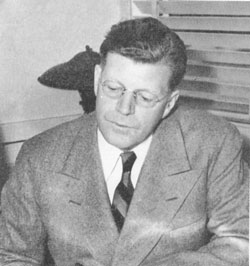
Frederick Clinton Quimby was an American animation producer and journalist best known for producing the Tom and Jerry cartoon series, for which he won seven Academy Awards for Best Animated Short Films. He was the film sales executive in charge of the Metro-Goldwyn-Mayer cartoon studio, which included Tex Avery, Droopy, Butch Dog, Barney Bear, Michael Lah and multiple one-shot cartoons, as well as William Hanna and Joseph Barbera, the creators of Tom and Jerry.
Jonny Quest is a science fiction–adventure media franchise created by Doug Wildey for Hanna-Barbera. It revolves around the titular Jonny Quest, a boy who accompanies his scientist father on extraordinary adventures. The franchise started with a 1964–65 television series of the same name, and has come to include two sequel television series, two television films and three video games. It is currently owned by Warner Bros. after Hanna-Barbera was absorbed by Warner Bros. Animation and succeeded by Cartoon Network Studios.
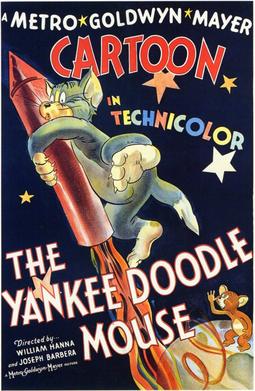
The Yankee Doodle Mouse is a 1943 American one-reel animated cartoon in Technicolor. It is the eleventh Tom and Jerry short produced by Fred Quimby, and directed by William Hanna and Joseph Barbera, with musical supervision by Scott Bradley and animation by Irven Spence, Pete Burness, Kenneth Muse and George Gordon. Jack Zander was credited on the original print, but his credit was omitted in the 1950 reissue. It was released to theaters on June 26, 1943 by Metro-Goldwyn Mayer. The short features Tom the cat and Jerry the mouse chasing each other in a pseudo-warfare style, and makes numerous references to World War II technology such as jeeps and dive bombers, represented by clever uses of common household items. The Yankee Doodle Mouse won the 1943 Oscar for Best Animated Short Film, making it the first of seven Tom and Jerry cartoons to receive this distinction.

The Toldi trilogy is an epic poem trilogy by the Hungarian poet János Arany, inspired by the legendary Miklós Toldi, who served in the Hungarian King Louis the Great's army in the 14th century. The trilogy recounted the medieval stories of Toldi as the king's champion.
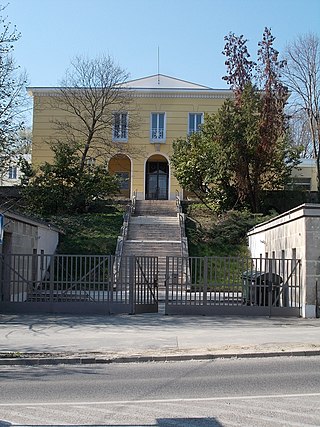
Pannonia Film Studio was the largest animation studio in Hungary, based in the capital of Budapest. It was formed in 1951, becoming independent in 1957. The studio is said to have closed sometime around 2015.
Edward Allan Benedict was an American animator and layout artist. He is best known for his work with Hanna-Barbera Productions, where he helped design Fred Flintstone, Yogi Bear, and Huckleberry Hound.

The Metro-Goldwyn-Mayer cartoon studio was an American animation studio operated by Metro-Goldwyn-Mayer (MGM) during the Golden Age of American animation. Active from 1937 until 1957, the studio was responsible for producing animated shorts to accompany MGM feature films in Loew's Theaters, which included popular cartoon characters Tom, Jerry, Droopy, Butch, Spike, Tyke, and Barney Bear.
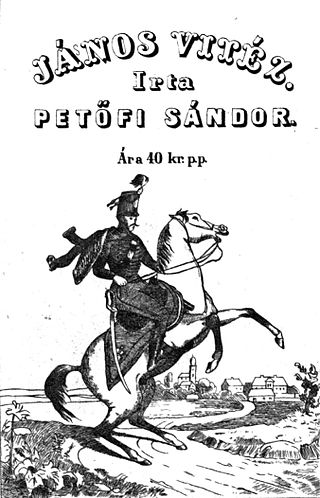
János vitéz is an epic poem written in Hungarian by Sándor Petőfi. It was written in 1844, and is notable for its length, 370 quatrains divided into 27 chapters, and for its wordplay. It is a story of the young shepherd who is forced to leave his home and undergoes adventures as he defeats the villains such as Turks and witches while searching for his true love. Petőfi took large inspiration from Homer's Odyssey.

Ferenc Rofusz is a Hungarian animator. He is known for the 1980 Academy Award-winning animated short The Fly.
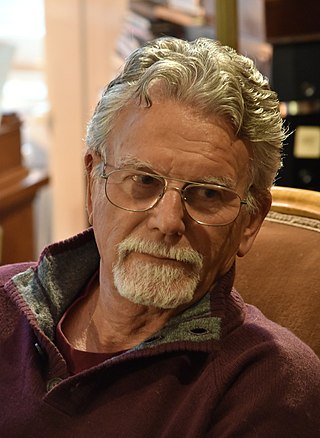
Marcell Jankovics was a Hungarian graphic artist, film director, animator and author. He is best known for the animated films Johnny Corncob and Son of the White Mare.

Son of the White Mare is a 1981 Hungarian animated fantasy adventure film directed by Marcell Jankovics. The story's main character is Fehérlófia, who has superhuman powers. It is based on the narrative poetry, under the same title, from László Arany and ancient Hunnic, Avaric and Hungarian legends; as a tribute to ancient steppe peoples.
The history of Hungarian animation begins in 1914 and carries through to the modern day. Starting with short promotional cartoons prior to the two World Wars, Hungarian animation underwent a sporadic and halting development during the turbulent war years which were characterized in large part by the emigration of much of the field's top talent. This exodus slowed dramatically during the 1950s when the Hungarian Communist Party took power and the Iron Curtain took shape.
Events in 1973 in animation.
Song of the Miraculous Hind is a 2002 Hungarian animated mythological and historical film directed by Marcell Jankovics. It tells the story of the Hungarian people, from the creation of the first humans to the time of Prince Géza, when the nation was Christianized. The narrative is told in five sections, each focusing on a different era. The film was produced by Pannonia Film Studio. It was released on Hungarian cinemas on 21 February 2002.
Sisyphus is a 1974 Hungarian animated short film directed by Marcell Jankovics.
Arthouse animation is a combination of art film and animated film.
Events in 1911 in animation.
Habfürdö is a 1979 Hungarian experimental animated film musical from Pannonia Film Studio directed by renowned painter György Kovásznai.

Janos the Valiant is a 1939 Hungarian musical fantasy adventure film directed by Béla Gaál and starring Margit Dajka, Imre Palló and Ferenc Kiss. It is inspired by the epic poem János vitéz by Sándor Petőfi. The film's sets were designed by the art director József Pán.
References
- ↑ MUBI
- ↑ Spectacle Theater
- ↑ Arbelos Films
- ↑ JOHNNY CORNCOB (Marcell Jankovics, 1973) on Vimeo
- ↑ Notebook Primer: Hungarian Animation, 1915-1989 on Notebook|MUBI
- ↑ Vollenbroek, Tunde (2015-05-18). "Marcell Jankovics Q&A: 'Why Would One Imitate Reality?'". Cartoon Brew . Retrieved 2015-08-18.
- ↑ "János vitéz 40 éve". Cultura.hu (in Hungarian). 2013-05-13. Retrieved 2015-08-18.
- ↑ Animation Celebration Dives Into Hungarian...|New Haven Independent
- ↑ "Forever Like the Rose (Hanna-Barbera, Pannónia Studios, Hungarofilm)".[ dead link ]
- ↑ Review: Marcell Jankovics’s Son of the White Mare on Arbelos Films Blu-ray - Slant Magazine